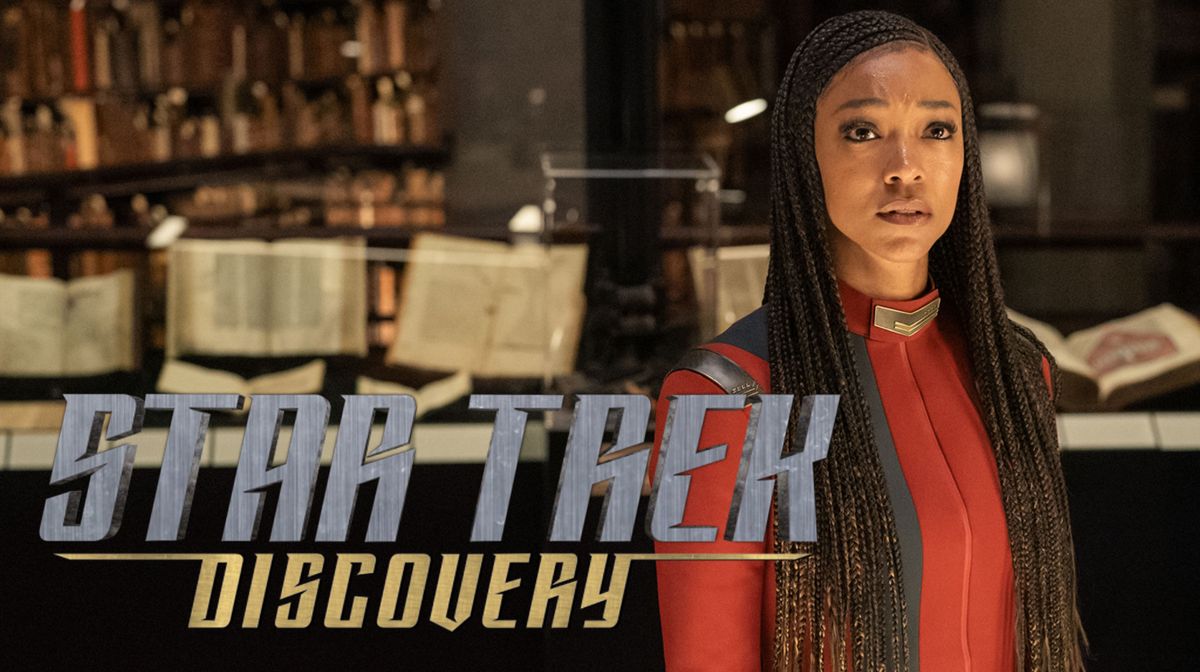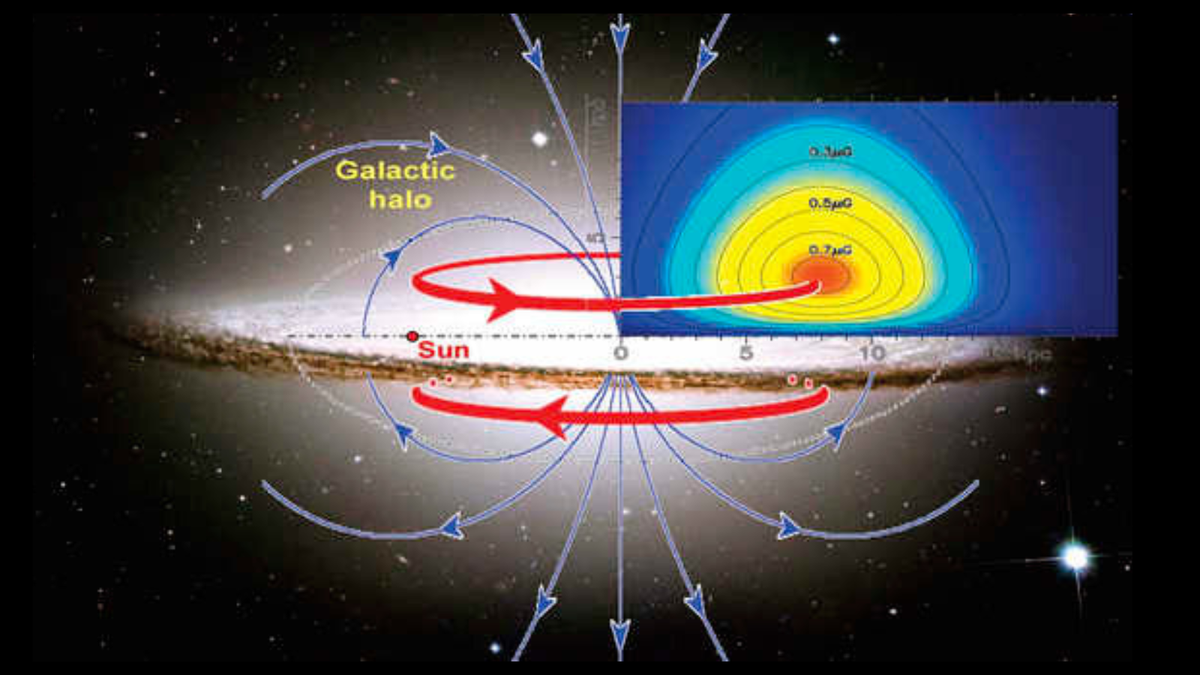“Star Trek: Discovery” Season 5 Episode 8 Analysis
Following the apparent demise of L’ak in the previous episode, the sense of urgency in the fifth and final season of “Star Trek: Discovery” has intensified. It is expected that his resurrection through Progenitor technology will underscore the significance of this MacGuffin. While the recent episodes have displayed promise, the season continues to adhere to a familiar formula seen in previous seasons where external factors like an ion storm or nebula disrupt Discovery’s mission. However, the current season represents an improvement over its predecessors for several reasons.
Key Highlights
One notable aspect of the recent episode is the setting where much of the action takes place – a concealed repository of universal knowledge. The utilization of an artificial reality video wall, known as the “Volume,” originally introduced in “The Mandalorian,” showcases impressive visual effects. Moreover, the creative team behind the episode, including writers Lauren Wilkinson, Eric J. Robbins, and director Emmanuel Osei-Kuffour, have adeptly navigated the balance between paying homage to existing works and originality.
The episode subtly references “The Hitchhikers Guide to the Galaxy” with a nod to Slartibartfast’s message, adding a layer of brilliance to the narrative. The ongoing breadcrumb chase plotline, though not novel, is executed intriguingly by minimizing secondary plots and focusing on the main storyline, a decision that benefits the overall show.
Character Dynamics and Performances
The episode introduces compelling character interactions, particularly between Saru and President T’Rina, providing room for speculation on potential narrative developments. Noteworthy is the portrayal of Lt. Cmdr. Gen Rhys, the capable third-in-command aboard the USS Discovery, adding depth to the ensemble. The inconsistent use of profanity in the episode may hint at varying writer inputs, yet Sonequa Martin-Green’s portrayal of Capt. Michael Burnham remains a consistent highlight.
Green’s acting prowess shines through despite the challenges posed by the character’s narrative trajectory. The desire for more substantive storylines, such as exploring Burnham’s resilience under duress, akin to iconic torture-centered episodes in other science fiction franchises, underscores the potential for further character development.
Future Speculations
Reports suggest that a Starfleet Academy series set in the 32nd century is in development, indicating a possible narrative extension from the current season’s references. However, the viability of keeping the “Star Trek” universe significantly forward in the future is debated, with concerns raised about maintaining narrative coherence and relatability as technobabble increases.
In conclusion, the ongoing season of “Star Trek: Discovery,” along with other entries in the franchise, continues to captivate audiences with its blend of sci-fi intrigue and character-driven storytelling. The availability of the series on streaming platforms worldwide ensures fans can engage with the latest adventures of the USS Discovery and its crew.
Image/Photo credit: source url





